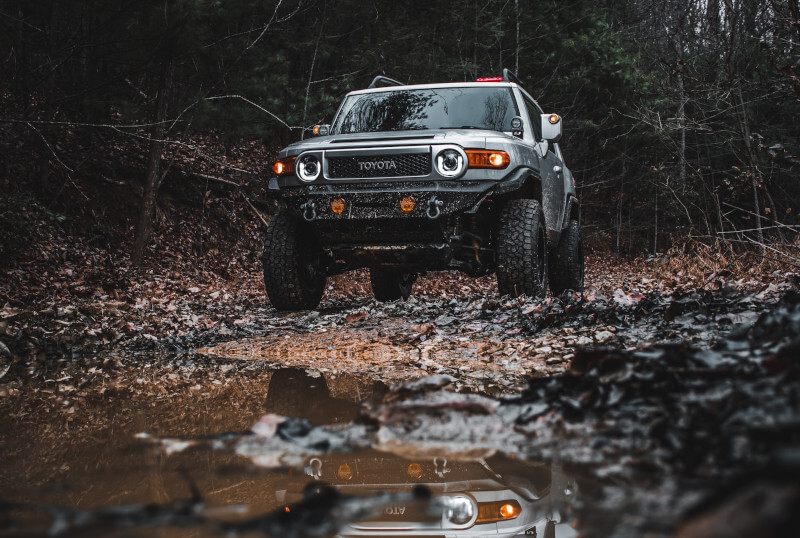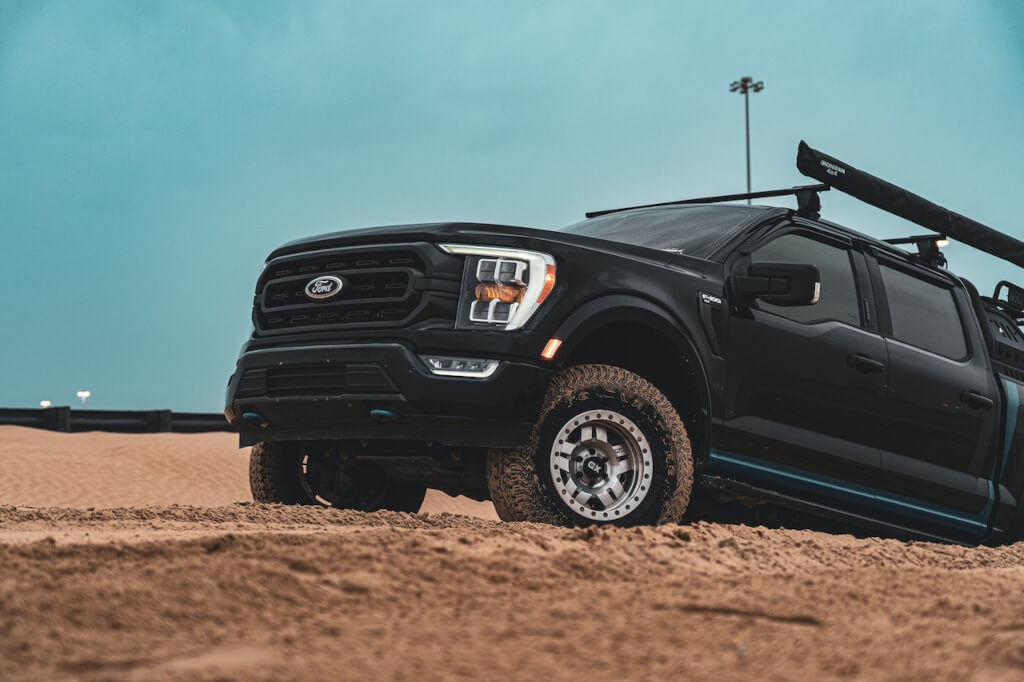South Africa’s Dynamic Dance of Elements
South Africa boasts a diverse set of climates, which in turn impacts every aspect of life, including the choices South Africans make in their vehicles. From the scorching Kalahari desert sun to the unpredictable downpours in the Highveld, cars here must be built to endure and excel.
Weather Woes on Wheels
Extreme climatic conditions don’t merely shape our stories around the braai – they influence how our vehicles perform and how long they last. Excessive heat can affect battery life, tyre pressure, and even the car’s paint job, while heavy rains can test a vehicle’s grip, braking, and water wading capabilities.
Innovations under the Sun (and Rain)
Thankfully, car manufacturers have taken note. Many now offer UV protective coatings, reflecting much of the sun’s radiation, ensuring interiors don’t turn into ovens and exteriors keep their shine. Meanwhile, features like high ground clearance, water-tight seals, and enhanced drainage systems are becoming standard for models released in the South African market, ensuring they remain resilient during those surprise rain showers.
Top Contenders for the South African Climate
South Africa’s vast climatic variations present intriguing challenges for vehicles. To thrive, a vehicle doesn’t just need to look good, but it must demonstrate resilience and adaptability. Our previous piece touched upon some top contenders well-suited for South African conditions.
Toyota Hilux: Not Just Tough, It’s Hilux Tough
Beyond its well-established ruggedness, the Hilux’s engineering brilliance shines in numerous ways. Its ventilated disc brakes ensure optimal performance even in the hottest conditions, reducing the chances of brake fade during intense drives. Moreover, the Hilux’s advanced cooling system ensures the engine maintains an optimal temperature, reducing wear and tear in high heat scenarios. A notable feature to mention is its multi-reflector halogen headlights, providing better visibility during misty mornings and those infamous Highveld thunderstorms.
Ford Ranger: A Ranger Ready for Every Adventure
The Ranger isn’t just content with tackling downpours. Ford has incorporated Hill Descent Control (HDC) and Hill Launch Assist (HLA) into this beast, making it ideal for those hilly terrains, especially when they get slippery from rainfall. Furthermore, the Electronic Power-Assisted Steering (EPAS) provides drivers with better control, adapting to changing conditions, whether it’s a sunny day in Cape Town or a rainy day in Mpumalanga.
Volkswagen Polo Vivo: City Slicker Meets Rugged Resilience
While many adore the Polo Vivo for its urban appeal, its durability is often understated. One such feature is its galvanized steel body, offering increased resistance against rust, a particularly nifty feature for coastal cities like Durban. Furthermore, the Vivo boasts electronic stability control, ensuring the car maintains its course during sudden rain showers or those pesky puddles that seem to come out of nowhere.
Land Rover Discovery: The Luxury Linchpin
The Discovery’s status as a luxury vehicle doesn’t mean it shies away from South Africa’s climatic challenges. On the contrary, its Terrain Response System allows drivers to tailor the vehicle’s engine, gearbox, and chassis systems to the driving conditions – be it sandy dunes or wet roads. Plus, the Wade Sensing feature is a marvel, providing real-time data about water depth when fording, ensuring drivers remain well-informed and safe.
In a candid chat with automotive designer, Thuli Ndlovu, she remarked, “Designing for South Africa isn’t about creating a one-size-fits-all solution. It’s about understanding the intricacies of our nation’s landscapes and weather patterns, and then integrating this knowledge into every curve, feature, and function of the vehicle.”
Indeed, understanding the unique demands of South Africa’s climates and terrains is crucial. As we’ve seen, the Hilux, Ranger, Polo Vivo, and Discovery aren’t just vehicles; they’re testaments to engineering adaptability, ensuring South Africans can drive with confidence, rain or shine.
Rain or Shine, Keep That Car Fine
But it’s not just about selecting the right car; it’s also about ensuring it remains in peak condition. Here are a few tips tailored for South African drivers:
– Regular Check-ups: The sun can drain battery life faster than one would think. Regular check-ups can ensure it’s always charged and ready.
– Protective Coatings: If your car doesn’t come with UV protection, consider getting it. It helps maintain the car’s aesthetic appeal and can also offer added protection against minor scratches.
– Tyre Health: Regularly inspect and ensure your tyres are inflated to the recommended pressure. The heat can cause tyres to overinflate, affecting grip, especially during rainstorms.
In a conversation with veteran auto-mechanic, Bongani Mkhize, from Durban, he noted, “Our unique climate poses its challenges, but with the right vehicle and a bit of care, we can navigate our beautiful country without weather-related woes. It’s all about being prepared.”
The dynamic dance of sun and rain in South Africa is not going away anytime soon. As drivers, equipping ourselves with vehicles designed to tackle these extremes and keeping them in top condition will ensure the ride is always smooth, no matter what the skies throw our way.
Driven by Caution: Navigating Nature’s Nuances

As South Africans, we’re no strangers to the varied temperament of our land. While vehicle manufacturers have risen to the challenge, presenting vehicles tailor-made to endure our climate’s oscillations, the responsibility doesn’t end there. Drivers must continue to pay close attention to the constantly shifting road conditions and keep their vehicle in good working order and sensitive to environmental changes. Remember, even the best-engineered vehicles require a synergy of mindful driving and regular upkeep. For while technology can provide us with advanced warning systems, UV coatings, and water wading prowess, it’s our understanding and respect for nature, combined with this tech, that will truly keep us safely navigating South Africa’s multifaceted terrains and climates. The road ahead is as unpredictable as the next weather forecast, but with knowledge, preparedness, and respect, we can ensure our journey is a smooth one.

